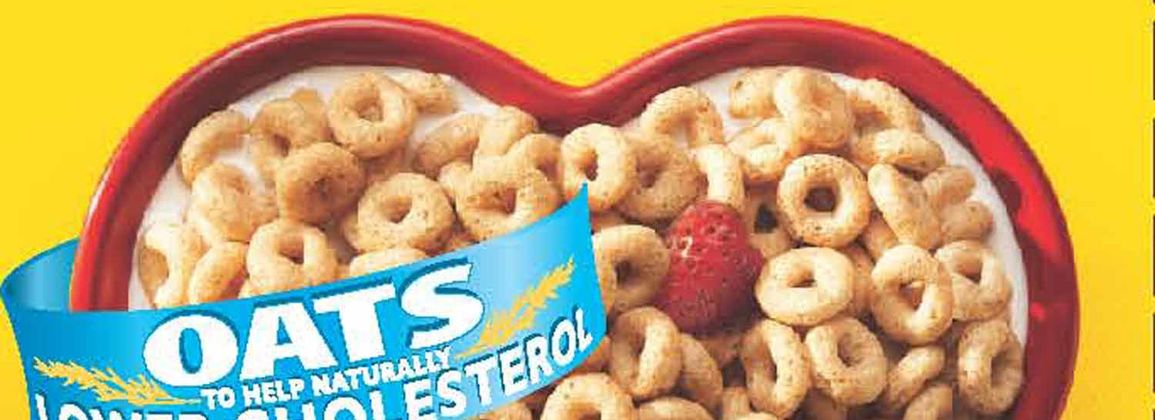On Friday 19 February 2010, a doctoral defense took place at Lund University, Sweden. Kristín Anna Þórarinsdóttir, director of Matís' doctoral dissertation, also defended "The influence of salting procedures on the characteristics of heavy salted cod".
On Friday 19 February 2010, a doctoral defense took place at Lund University, Sweden (Department of Food Technology, Engineering and Nutrition, Faculty of Engineering, LTH). Kristín Anna Þórarinsdóttir, director of Matís' doctoral dissertation, also defended "The influence of salting procedures on the characteristics of heavy salted cod". The project was mostly carried out at Matís ohf.
The opponent was
KristinLauritzsen, Development Manager Norwegian Seafood Companies Landförening, Trondheim, Norway.
The evaluation committee appointed
Professor Erik Slinde, Institute of Marine Research, Nordnes, Bergen, Norway
Dr. Hörður G. Kristinsson, Matís ohf,
Professor Björg Egelandsdal, University of Environmental and Life Sciences UMB, Ási, Norway
The doctoral committee appointed
Professor Eva Tornberg, Lund University, Sweden
Dr. Sjöfn Sigurgísladóttir, Matís ohf
Sigurjón Arason, Matís ohf, University of Iceland
Abstract of the dissertation
The effect of salted fish has evolved a lot in recent decades, from simple salting to a multi-stage process. The number of steps and the choice of methods vary depending on the manufacturer. In general, the effect begins with pre-salting carried out by spraying and pickling or pickling / brine salting followed by dry salting (position salting). After dry salting, products are packed in appropriate packaging according to product categories and markets. For cooking, products are dehydrated to lower their salt content.
The aim of this study was to deepen knowledge of the effects of different action processes with regard to water resistance and utilization of salted cod fillets. Changes in utilization, chemical content, protein distortion and muscle building of cod were monitored throughout the process; from raw materials through pre-salting, dry salting, storage and dehydration.
The utilization of injected products remained higher throughout the process compared to other methods. The utilization of products that were only pickled at the beginning of the action was independent of the brine concentration, except that the effect was noticeable during the pickling itself. However, the effect on quality was negative if the brine concentration exceeded 20%. Phosphate use increased utilization after salting but not after dehydration. The effect of added phosphate on quality was assessed in two experiments but the results did not compare. In general, however, phosphate is believed to have a positive effect on the appearance of products and thus improve quality. The effect of phosphate on utilization compared to injection was insignificant.
Muscle salinity was generally> 20% after salinization regardless of the mechanism of action. The changes (deformation) of the proteins were therefore large but varied according to the salting methods. The structure of myosin appeared to be less disturbed by salting in injected products. It was thought to be associated with a milder increase in salt concentration at the beginning of salting, which led to a stronger "salting-in" effect than with other methods.
Changes in connective tissue during salinization also varied according to salinization methods. Intracellularity after salting was higher in products that were injected and pickled compared to products that were only pickled at the beginning of the action. In contrast, the area of cells was comparable. The difference in muscle water resistance and utilization according to mechanisms of action was therefore related to variability in the deformation of both collagen and myosin, but so far the results of previous studies have primarily been interpreted from changes in muscle fiber.
The loss of dry matter during action was greater in injected and pickled products. This was primarily a "non protein nitrogen" The percentage of protein lost was low and therefore the effect of dry matter loss on the water resistance of the muscle was considered insignificant. The effect was considered to be a variation in the taste and smell of products, due to the nature and properties of "non protein nitrogen" substances, but no comparison was made of these properties in the thesis.
The new doctor, Kristín Anna Þórarinsdóttir was born in 1971, her parents are Þórarinn Snorrason and (Elisabet Charlotte) Johanna Herrmann. Kristín graduated with a BS degree in Food Science from the University of Iceland in 1998 and an M.Sc. degree from the University of Iceland in 2000. Since then she has worked for Matís (www.matis.is).
Kristín is married to Baldvin Valgarðsson and they have two children, Þorfinn Ara and Valgerður Bára.
For further information, please contact Kristín Anna Þórarinsdóttir, kristin.a.thorarinsdottir@matis.is.







